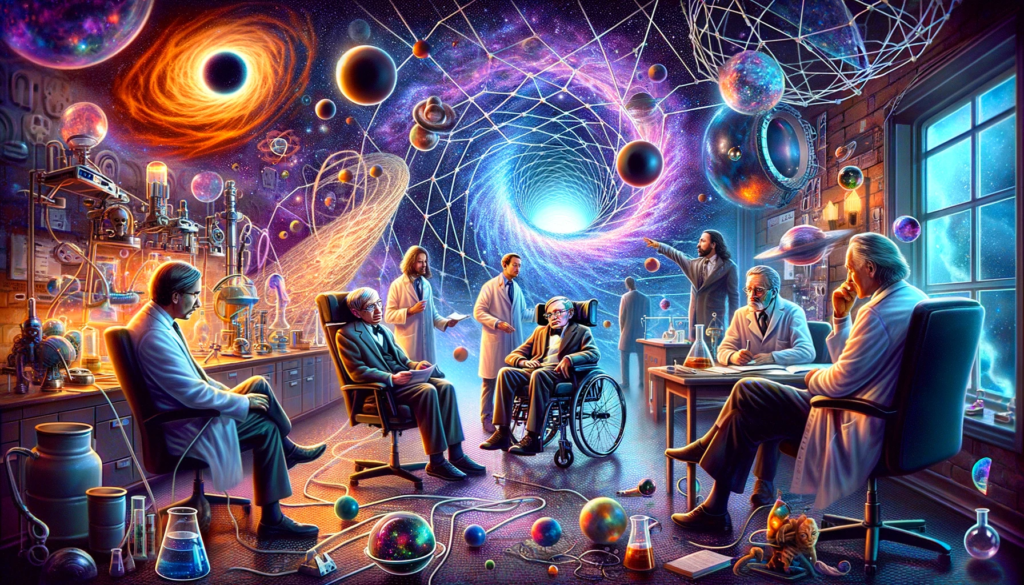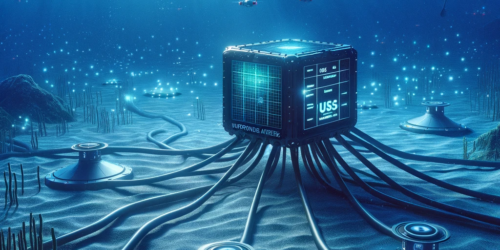Experiments in Interdimensional Travel

Interdimensional travel, a concept that has fascinated scientists, philosophers, and enthusiasts alike, revolves around the idea of moving between different dimensions or universes beyond our own observable reality. This concept, often rooted in theoretical physics and quantum mechanics, presents a blend of profound scientific inquiry and imaginative exploration.
At its core, interdimensional travel involves traversing beyond the three spatial dimensions and one temporal dimension that we experience daily. Theoretical physicists, such as Stephen Hawking and Michio Kaku, have played pivotal roles in bringing this concept to the forefront of scientific discussion. Their work, often focusing on string theory and the nature of black holes, suggests the theoretical possibility of multiple dimensions existing beyond our perceptual limits.
The development of this idea can be traced back to the advent of quantum mechanics and Albert Einstein’s theory of relativity. Over the decades, the concept has evolved within the halls of academia and research institutions, where theoretical models and mathematical equations have offered glimpses into the possibilities of higher dimensions and alternate universes.
The primary motivation behind exploring interdimensional travel is the human quest for knowledge and the desire to understand the fundamental nature of our universe. It addresses fundamental questions about the origins of the universe, the nature of reality, and the limits of human exploration.
Theoretical Frameworks
- String Theory: String theory is a major theoretical framework that supports the concept of interdimensional travel. It proposes that fundamental particles are not point-like dots but rather one-dimensional strings. These strings vibrate at different frequencies, creating the particles we observe in our universe. String theory requires more than the traditional four dimensions we are familiar with, proposing up to 11 dimensions. This opens up the possibility of other dimensions that could be accessible through specific conditions or energies.
- Quantum Mechanics and Entanglement: Quantum mechanics introduces the concept of entanglement, where particles can be connected in such a way that the state of one instantly influences the state of another, regardless of the distance between them. This phenomenon suggests a deeper, underlying layer of reality that could potentially be harnessed for interdimensional travel.
- Wormholes and Einstein-Rosen Bridges: The theory of general relativity allows for the existence of wormholes, known as Einstein-Rosen bridges. These are theoretical passages through space-time that could create shortcuts for long journeys across the universe. In theory, wormholes could also connect different universes or dimensions.
Pioneering concepts like Hawking Radiation and the mysteries of black holes, the groundbreaking experiments conducted at the Large Hadron Collider (LHC), and the revolutionary detection of gravitational waves, all contribute to our understanding of the universe and the tantalizing possibility of dimensions beyond our own. Each of these scientific milestones offers unique insights and challenges our conventional understanding of the cosmos, hinting at the profound complexities and unexplored realities that may exist beyond the boundaries of our current scientific knowledge.
- Hawking Radiation and Black Holes: Stephen Hawking proposed the concept of Hawking radiation, which suggests that black holes emit radiation due to quantum effects near the event horizon. This theory, pivotal in black hole thermodynamics, indirectly supports the idea of other dimensions through its implications on the nature of space-time.
- The Large Hadron Collider Experiments: The Large Hadron Collider (LHC) at CERN has conducted experiments that search for evidence of extra dimensions.
- Gravitational Waves and Multi-Dimensionality: The detection of gravitational waves by LIGO has opened new avenues for understanding the universe. Some theorists propose that these waves could provide clues about the existence of extra dimensions, as they may interact with or propagate through these additional dimensions.
Interdimensional travel represents a frontier at the intersection of theoretical physics and imaginative exploration. It extends beyond our familiar three spatial and one temporal dimensions, looking into realms suggested by string theory, quantum mechanics, and the theory of relativity. Pioneers like Stephen Hawking and Michio Kaku have laid the groundwork, exploring concepts such as multiple dimensions, black holes, and Hawking radiation. Experiments at the Large Hadron Collider and the detection of gravitational waves further fuel this pursuit, offering glimpses into possible extra dimensions. This exploration is not just a scientific endeavor but a quest to understand the universe’s fundamental nature, challenging our perceptions and expanding the boundaries of human knowledge.



